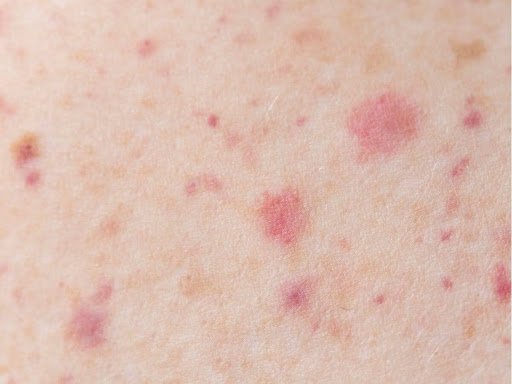What Are the Signs of Mpox

Mpox or Monkeypox is a viral disease that can affect anyone, but early detection is key to protecting your health and stopping its spread.
What Causes Mpox and Where It Originated
Mpox is caused by the monkeypox virus, a member of the Orthopoxvirus genus.
First recognised in laboratory monkeys in 1958, the virus was later identified in humans in 1970 in Central Africa.
While its roots are in certain regions of Africa, Mpox has appeared in other parts of the world, largely due to travel and global interconnectedness.
How Mpox Spreads
Transmission of Mpox can occur through close contact with an infected person, animal, or contaminated materials.
The virus typically enters the body via broken skin, respiratory tract, or mucous membranes.
Common Signs and Symptoms of Mpox
Early signs often resemble flu-like illnesses and may include:
- Fever
- Chills
- Headache
- Muscle aches
- Swollen lymph nodes
- Exhaustion
A few days after these initial symptoms, a rash usually appears. This rash can develop anywhere on the body, but commonly starts on the face before spreading.
It progresses through several stages—from flat spots to raised bumps, fluid-filled blisters, and finally crusts and scabs.
Severity and Risks: How Dangerous is Mpox?
Mpox can vary in severity.
While most cases are mild and resolve on their own, the disease may be more serious for young children, pregnant individuals, or those with weakened immune systems.
Complications, although uncommon, can include secondary infections, respiratory distress, or vision issues if the eyes are affected by the rash.
Duration and Recovery
Symptoms of Mpox generally last from 2 to 4 weeks.
The illness tends to follow a predictable course: initial flu-like discomfort, rash emergence and progression, then gradual resolution.
Most people recover fully without lasting effects, provided they follow proper self-care and medical advice.
Treatment and Medical Care
While there is no specific cure for Mpox, supportive medical care can ease symptoms and prevent complications.
Treatment may involve staying hydrated, managing fever or pain, and protecting skin lesions. Antiviral medications might be considered for severe or higher risk cases.
Most importantly, individuals should seek medical attention if they suspect Mpox—especially if the rash appears or symptoms worsen.
How to Prevent Mpox
Prevention starts with simple steps:
- Practice good hand hygiene: Wash hands frequently with soap and water.
- Avoid close contact with infected individuals: If you’re caring for someone with Mpox, use personal protective equipment.
- Don’t share bedding, towels, or clothing with anyone showing signs of infection.
- Stay informed: Follow health advisories and vaccination recommendations, particularly if you live in or travel to areas where Mpox is more common.
Early Detection Saves Lives
Taking Mpox seriously means acting on what you notice: pay attention to symptoms, maintain hygiene, and seek medical advice promptly.
Early recognition and response do more than aid your own recovery—they help prevent outbreaks and protect those around you.
Stay informed, stay vigilant, and remember that your actions make a difference.




